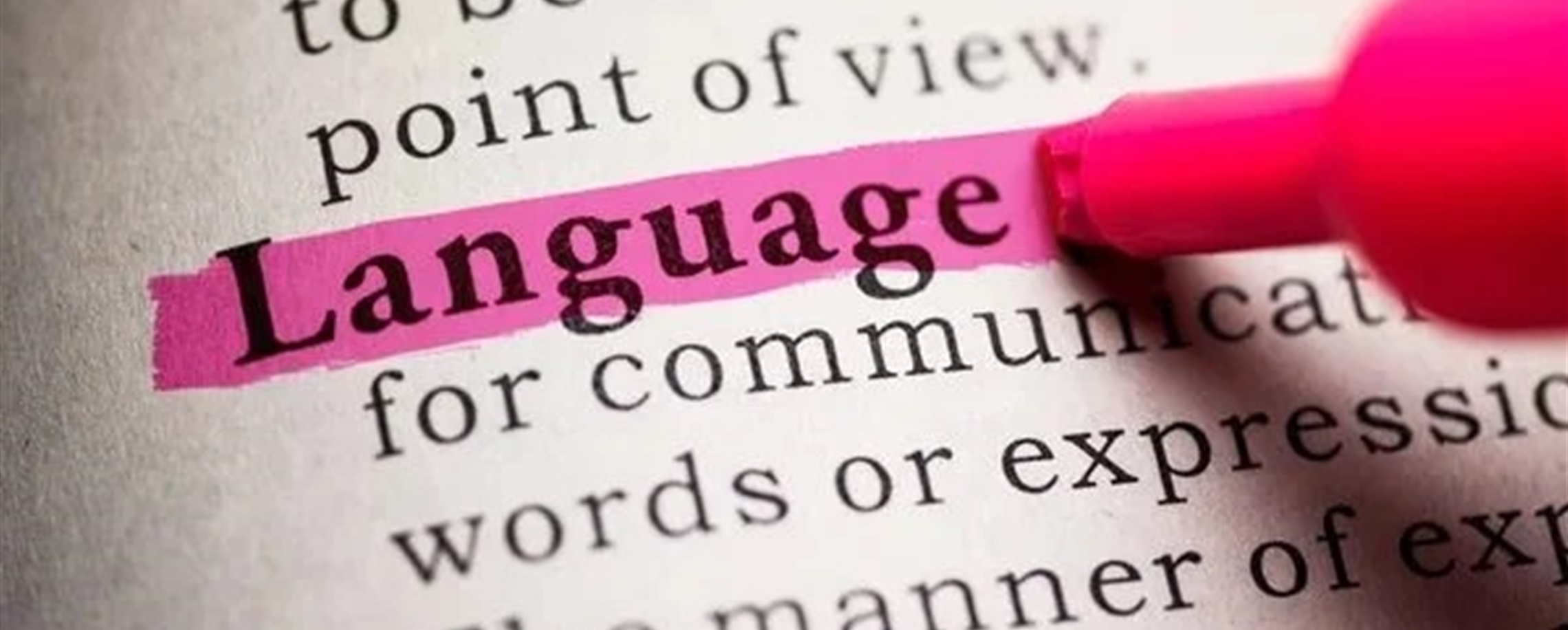Original Chinese animation franchise gains widespread acclaim

Chinese audiences' enthusiasm for anime and gaming is growing rapidly. This was on show at the annual cultural carnival – BiliBili World 2025 – which was held recently at the National Exhibition and Convention Center in Shanghai, attracting nearly 300,000 visitors.
The three-day premier event in the anime and entertainment industry brought together fans and creators from around the world. With the rise of ACG (Anime, Comics, and Games) culture, the new consumer trend known as "Guzi Economy," centered around merchandise related to anime and game IPs, is becoming a focal point in the market.
Original Chinese anime IPs are also gaining increasing attention from global distributors. In this episode of the Chinese IP Stories, we will introduce the acclaimed fantasy animation franchise "The Legend of Luo Xiaohei."
On Douban, a Chinese film and TV review platform, more than 122,000 viewers have given the 40-episode animation series a high rating of 9.5. In 2019, its first feature film, "The Legend of Hei," was also a hit, receiving an 8 out of 10 rating. The film was also released overseas in Japan and North America.
The franchise's vivid characters and interesting stories have amazed foreign anime fans and creators. It is set against the backdrop of a bustling human world, where spirits and fairies coexist with humans.
The protagonist is the cat spirit, who is injured heavily and turned back into a small black cat while stealing the famed Heavenly Bright Pearl. He is adopted by a girl and together they embark on a healing and inspiring journey. Along the way, kindred fairies and warm-hearted human companions appear, leaving the cat spirit Luo Xiaohei in a dilemma: where does his true belonging lie?
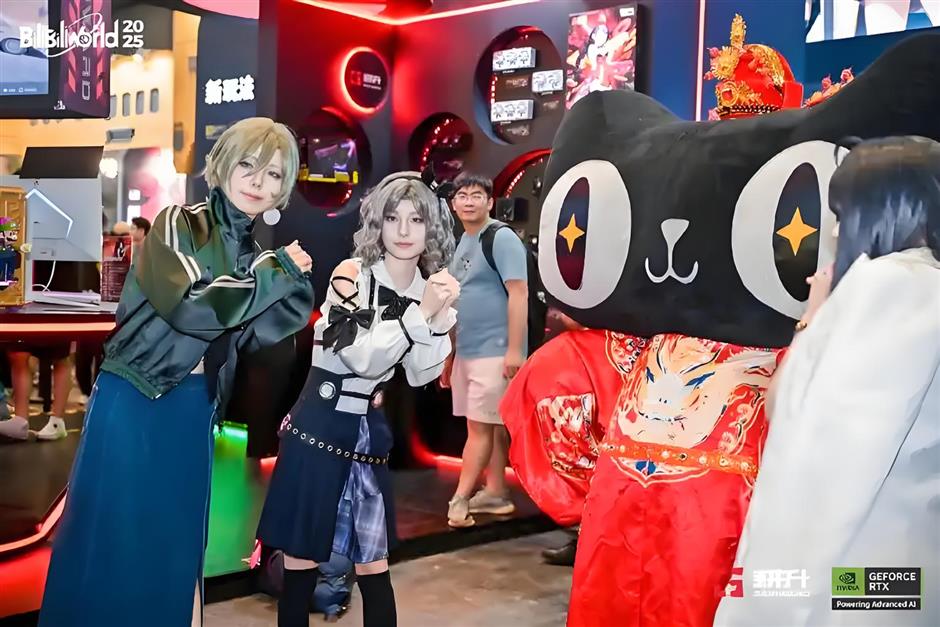
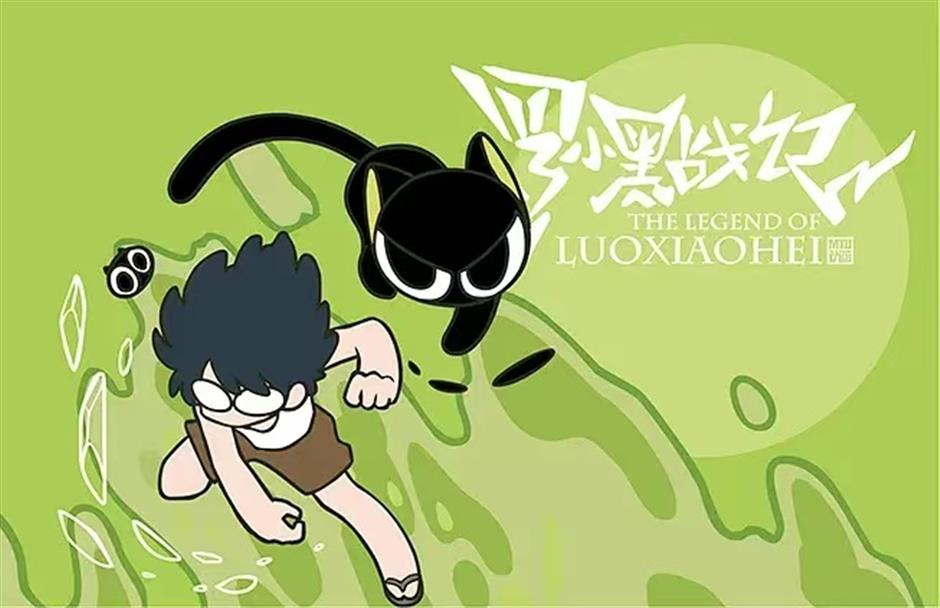

Ichiro Kusuno, Japanese scriptwriter of animation series "Tokyo Ghoul," remarked that the film brought tears to his eyes, and the unique simplicity of 2D animation and the imaginative creativity found in Chinese works are truly moving.
In the view of Japanese director Yasuomi Umetsu, beyond the widely acclaimed drawing in this animation, the world-building and character performances are outstanding. Besides, the Chinese voice actors seamlessly embody their characters, bringing them to life.
On July 18, the second feature film of the franchise – "The Legend of Hei II" – hit cinemas across China. The sequel tells the story of a "new mission" from the Monster Hall. Despite a series of mysteries and difficulties, Luo Xiaohei and his senior sister Luye begin a new adventure to find the truth and protect their master.
After six years of meticulous development, the sequel retains the warm and healing core of the first installment while it fully upgrades the visual effects. Producer Cao Zijian noted that the second film introduces thrilling battle scenes and expands the network of character relationships, offering audiences a brand-new viewing experience.
Posters for the film's Japanese version have also been released. Famous Japanese female voice actor Hanazawa Kana will give voice to the protagonist. The film is scheduled to screen at cinemas across Japan in autumn.
The success of the franchise is no coincidence. In a way, it is also regarded as a microcosm of the rapid development of Chinese animation.
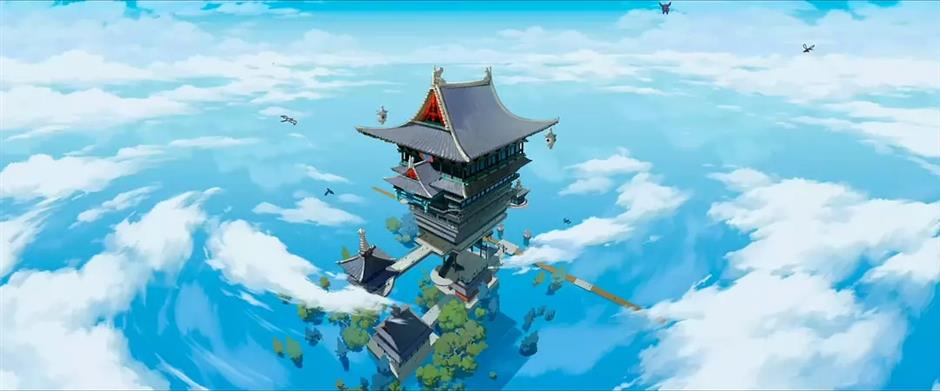
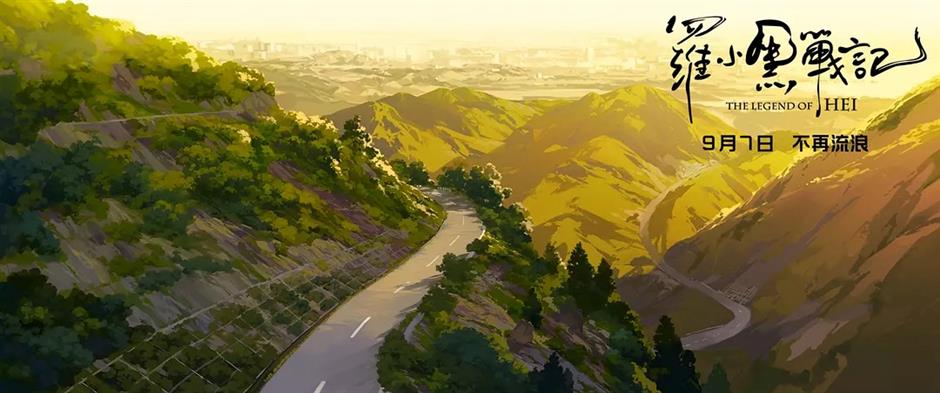
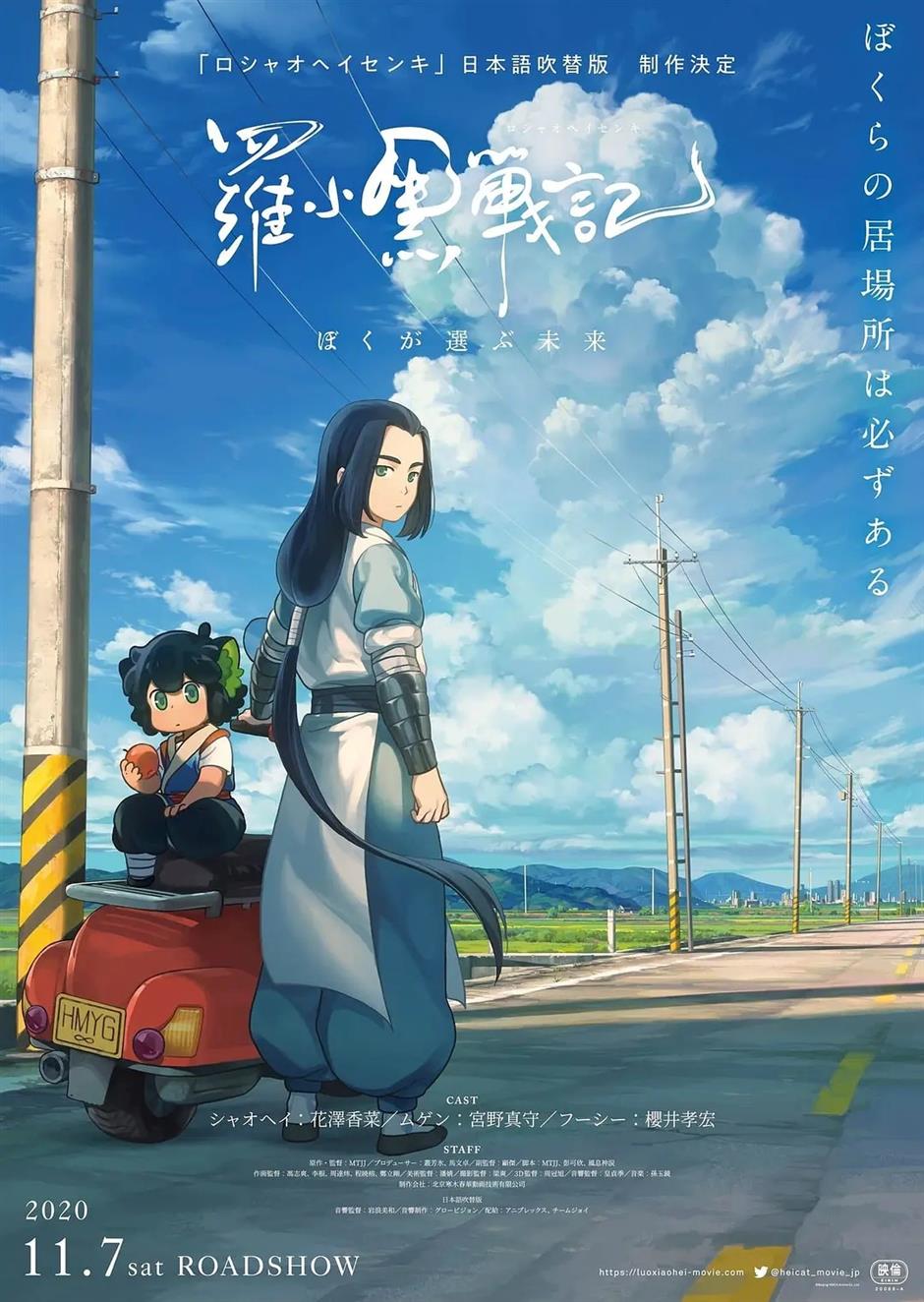
Created by MTJJ and his studio, the franchise started as a low-budget short with just 3,000 yuan (US$418.30) per episode, then it gradually evolved into full-length feature films, showcasing the significance and growth of talented Chinese animators.
Compared with many other works, the animation depicts different characters' diverse perspectives on the world. The intertwining of traditional and modern settings, along with the alternation between natural and urban lifestyles, provides audiences with a refreshing experience.
It has also stunned foreign viewers with characters and elements from Chinese mythology and a distinctively Eastern-flavored world of spirits. Throughout the narrative, there is a profound exploration and reflection on the relationship between humans and nature.
Take the Japanese market for example. The first film installment captivated over 360,000 viewers across both its original and dubbed versions, achieving impressive box office earnings of over 35 million yuan (US$4.88 million).
Many overseas fans have enthusiastically expressed their love for the franchise on social media. Some have even started learning Chinese and purchasing related merchandise.
On "My Anime List," an anime and manga social networking website, netizen KalowellElendor said that it is a prime example of what anime should be like.
"Exceptional character development, and it's simple yet so crisp," KalowellElendor said. "The storyline is so nice. I actually enjoyed every second of it."
Netizen Gadric_Gadwin noted that home and what makes a home is the central theme of the production and it's in the subtext in every scene.
The director's techniques are also compared to a Chinese attempt at a Studio Ghibli style of animation story by overseas fans. Through camera movement, composition, and color coordination, each frame is crafted like a beautiful painting. Studio Ghibli is the renowned Japanese animation studio behind classics like "Spirited Away" and recent Academy Award winner "The Boy and the Heron".
The plot of the second installment is full of tension, with conflicts erupting suddenly. The characters in the animation are also portrayed in a multi-dimensional way, which encourages viewers to think critically throughout the viewing experience.
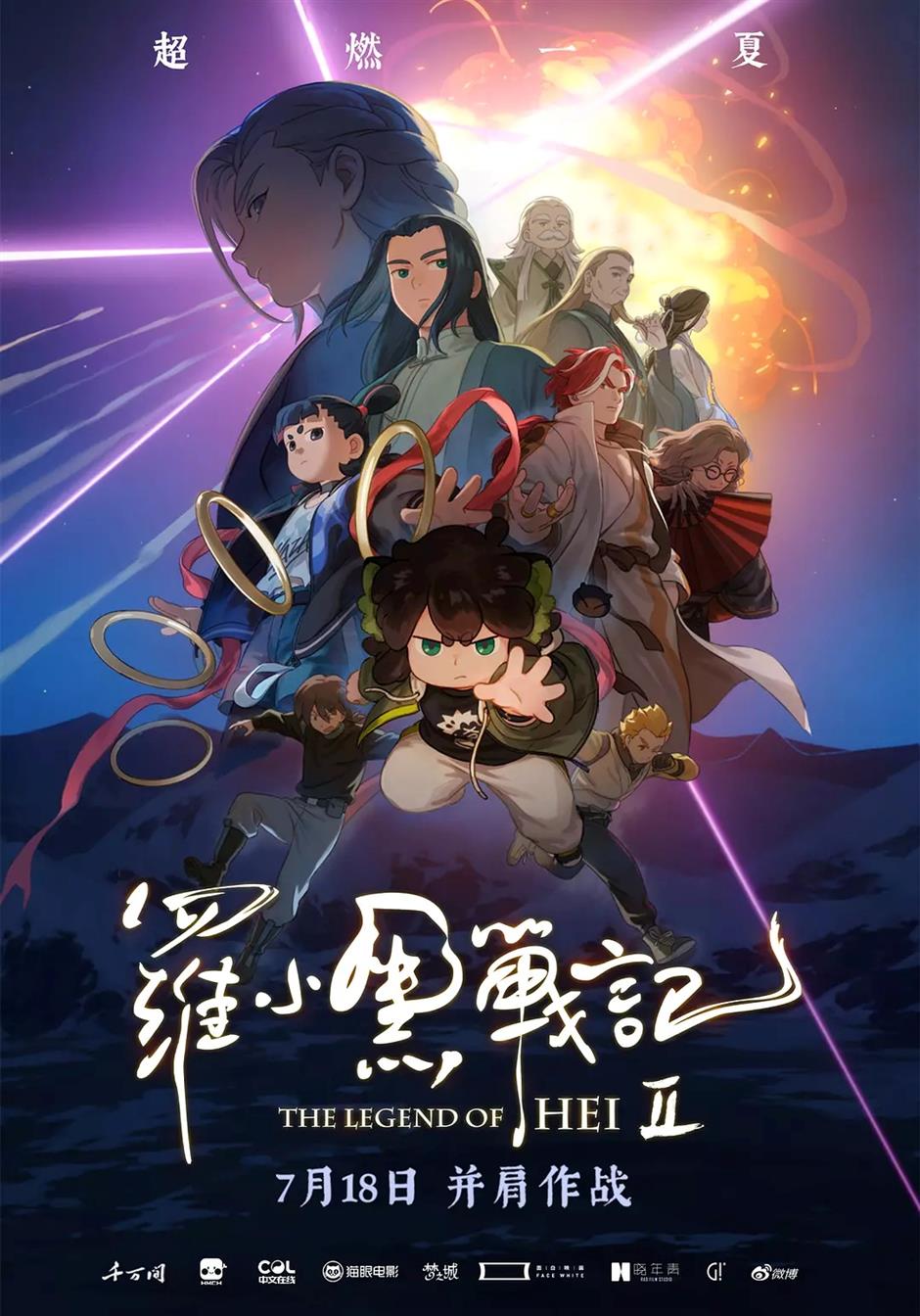
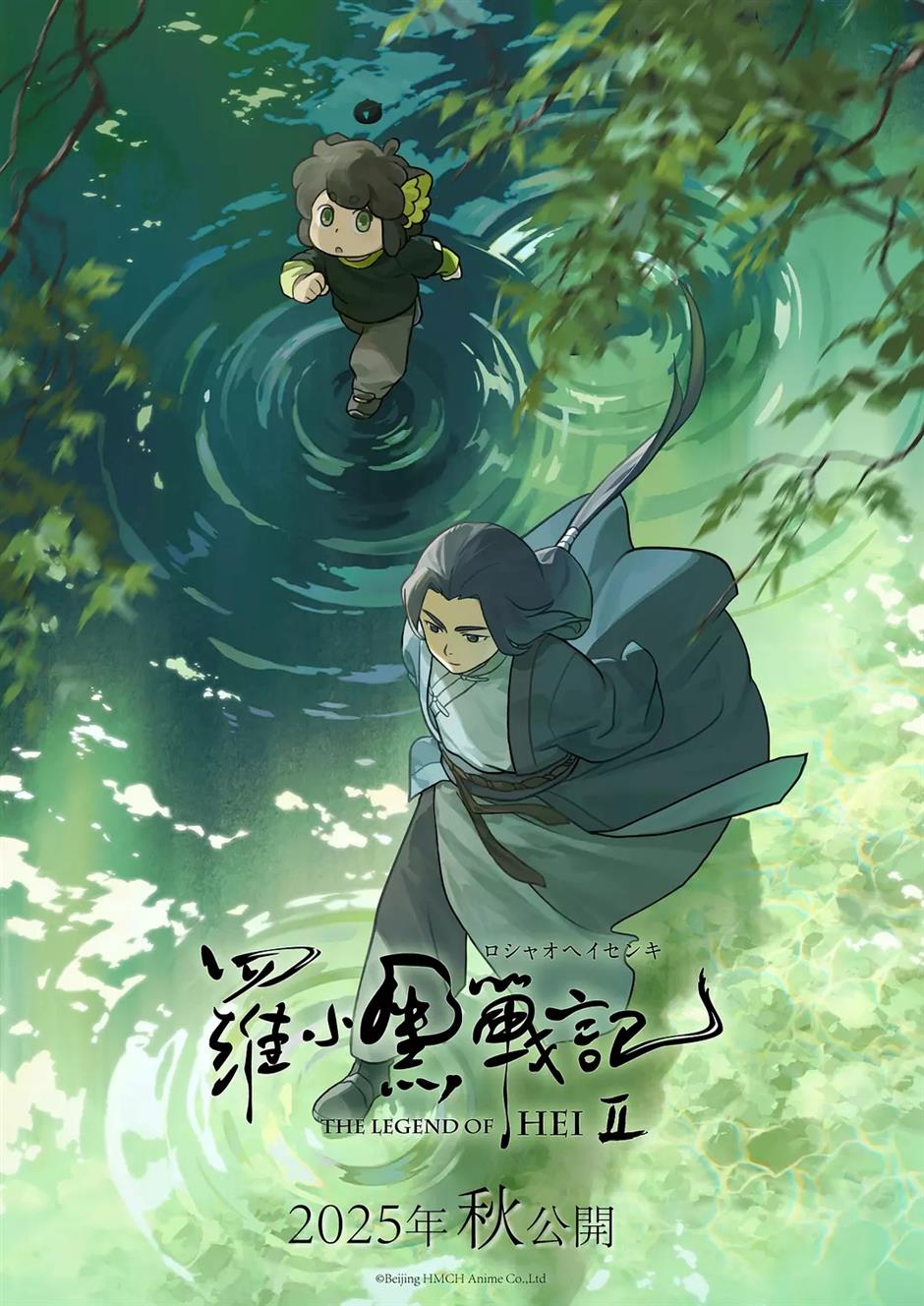
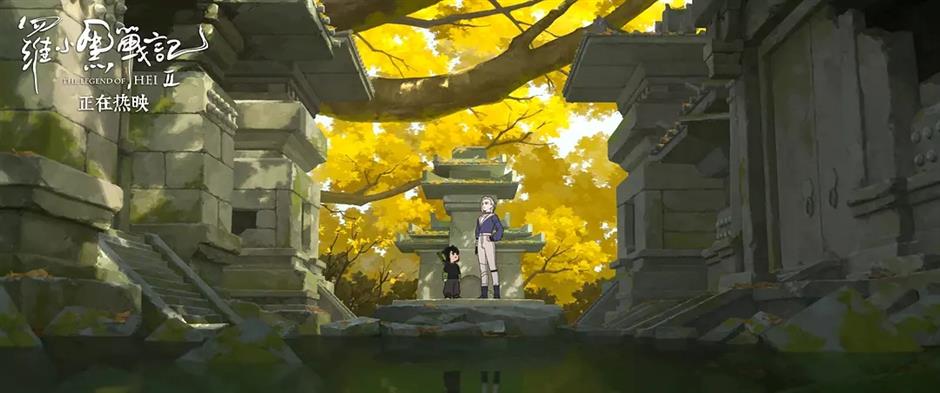
Industry insiders and experts point out that when targeting overseas audiences, animation usually faces unavoidable challenges of translation and cultural barriers.
So it is important for creators to integrate Chinese cultural elements while telling compelling stories that can also resonate well globally.
The franchise's voice director, Ding Dang, noted that it is filled with stylized details in character dialogue, actions, background colors, concepts, and sounds. It has a gentle and unpretentious charm.
The success of the franchise also represents the rise of a new generation of Chinese animation, marking a significant achievement in animation creation and business models.
According to Professor Liu Haibo, a film expert at Shanghai University and president of the Shanghai Film Critics Society, whether targeting domestic or international markets, high quality is always the goal.
"It is primarily reflected in having an excellent story and profound themes, both of which should possess universal appeal," Liu said. "Additionally, the production should be innovative and display beautiful visuals or a unique cinematic style."
Liu cited Hayao Miyazaki's animations as an example. The Japanese film master consistently uses a 2D style rather than following the realistic 3D approach that is commonly seen in Western animations. However, his captivating stories, as well as profound and universal themes have made his works very popular in the world.
He added that current Chinese animation still lacks originality. Most productions draw inspiration from traditional myths and legends, relying on familiar mythological characters.
The success of "The Legend of Luo Xiaohei" is also believed to encourage Chinese animators to explore a broader range of themes and narratives in the future and improve the originality of the storytelling.
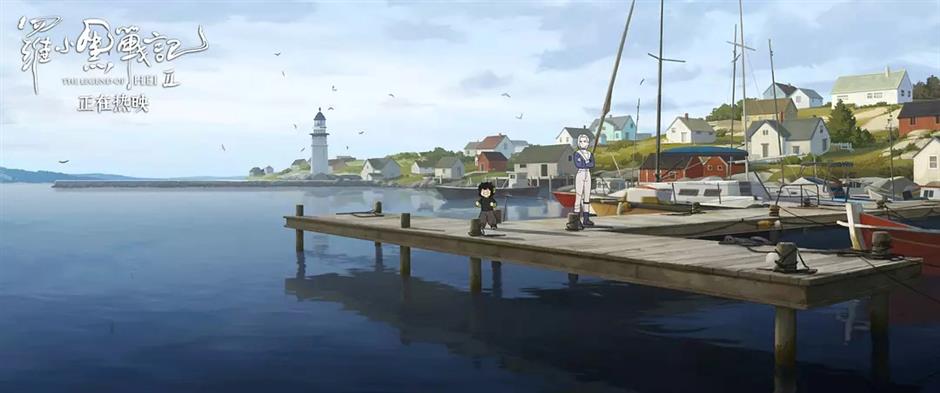
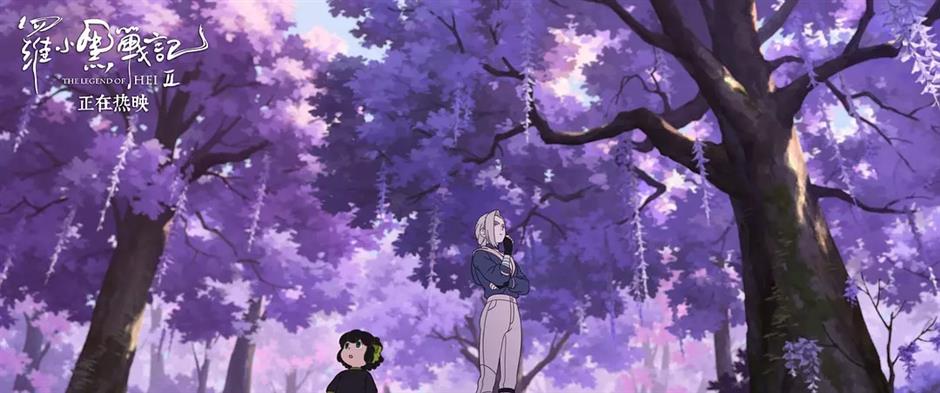
In Case You Missed It...





![[China Tech] Local Pediatric Hospital's Research Ward Attracts Overseas Patients](https://obj.shine.cn/files/2025/12/20/b4d1d747-2404-4ab3-abbc-9a3bc83a9222_0.jpg)
![[China Tech] Domestically-Made Diet Medicine Research Published in Nature](https://obj.shine.cn/files/2025/12/20/388e9da5-48af-49a7-a89b-ea43661d525d_0.jpg)
